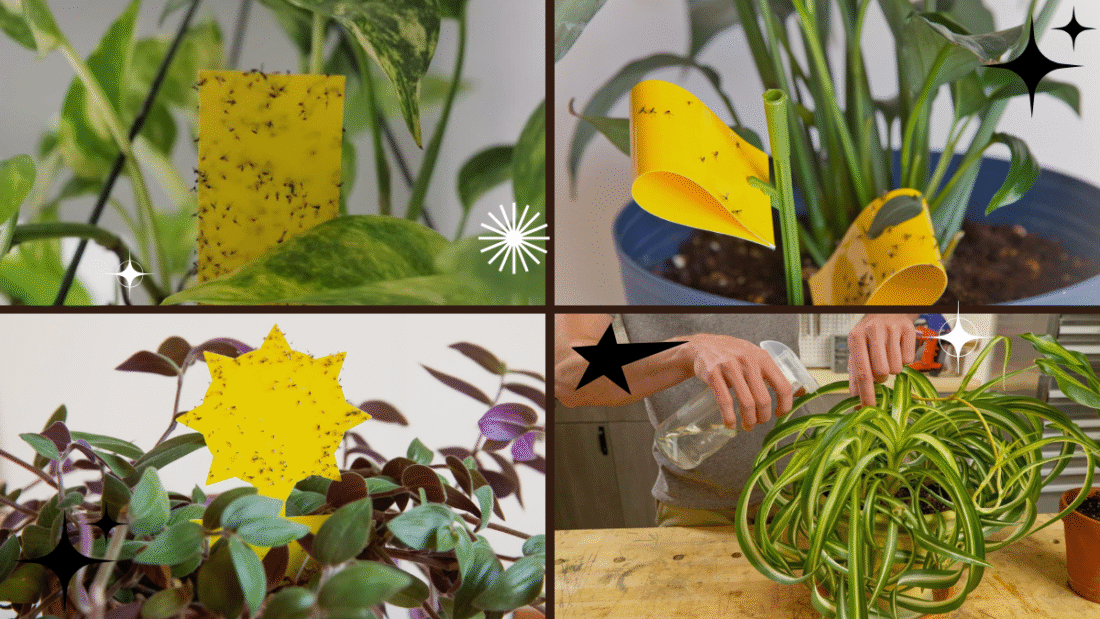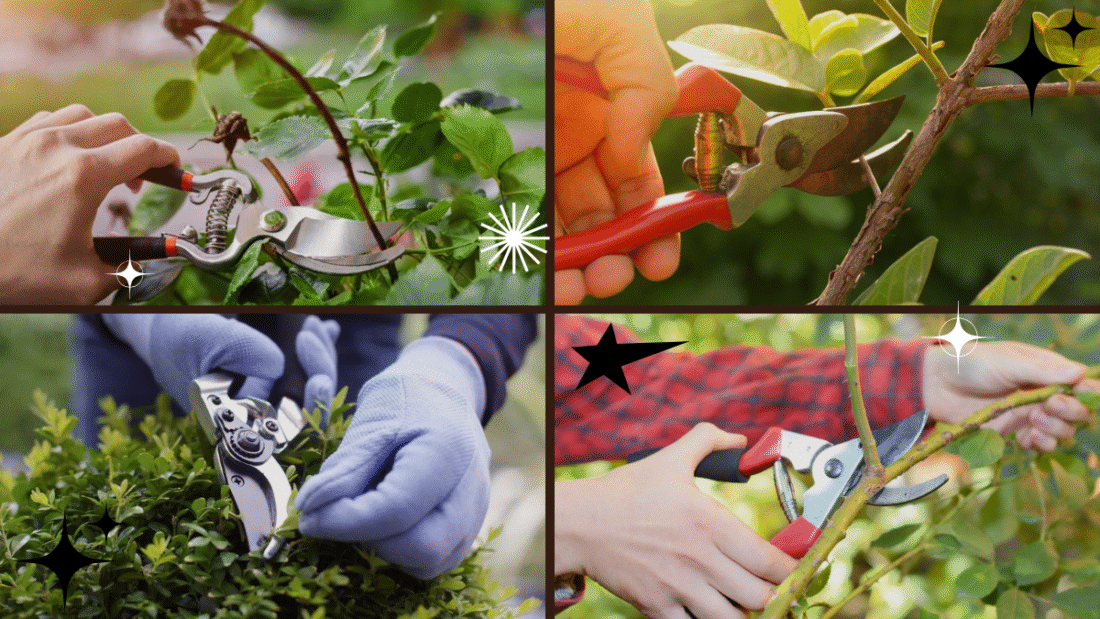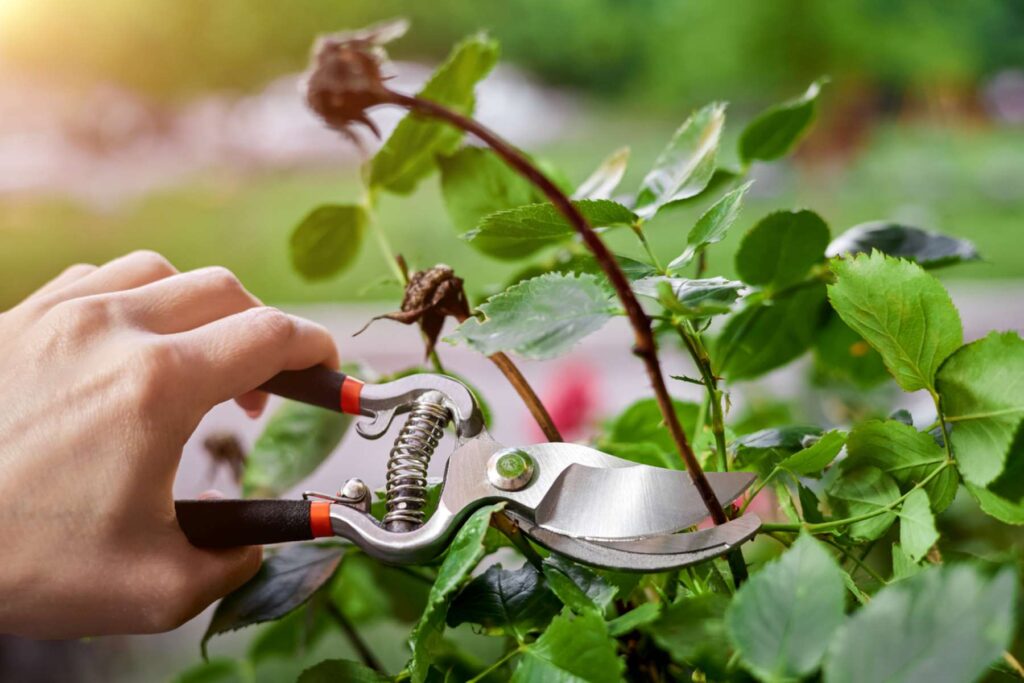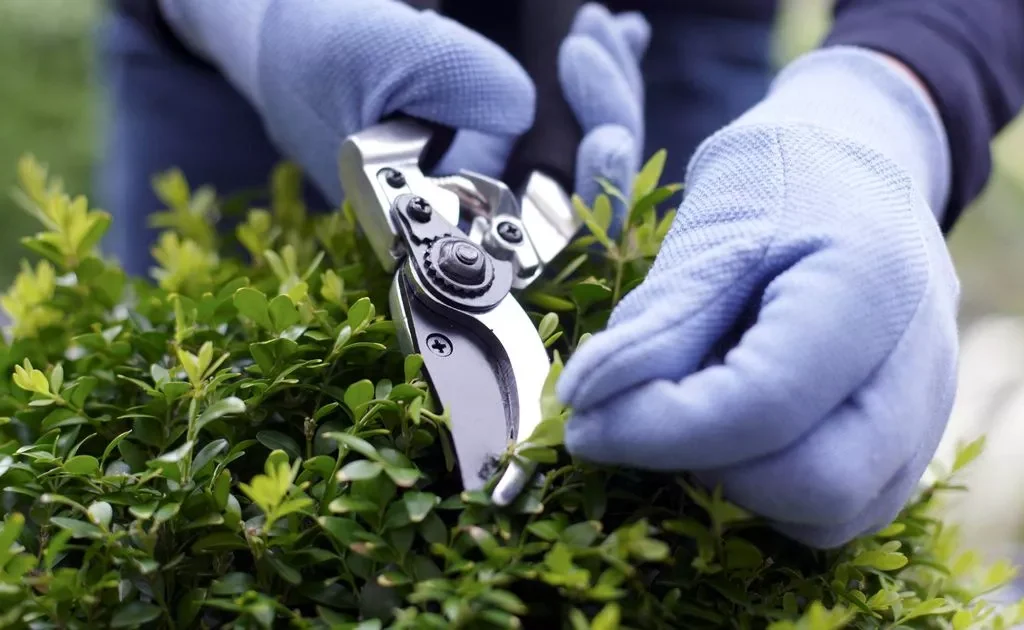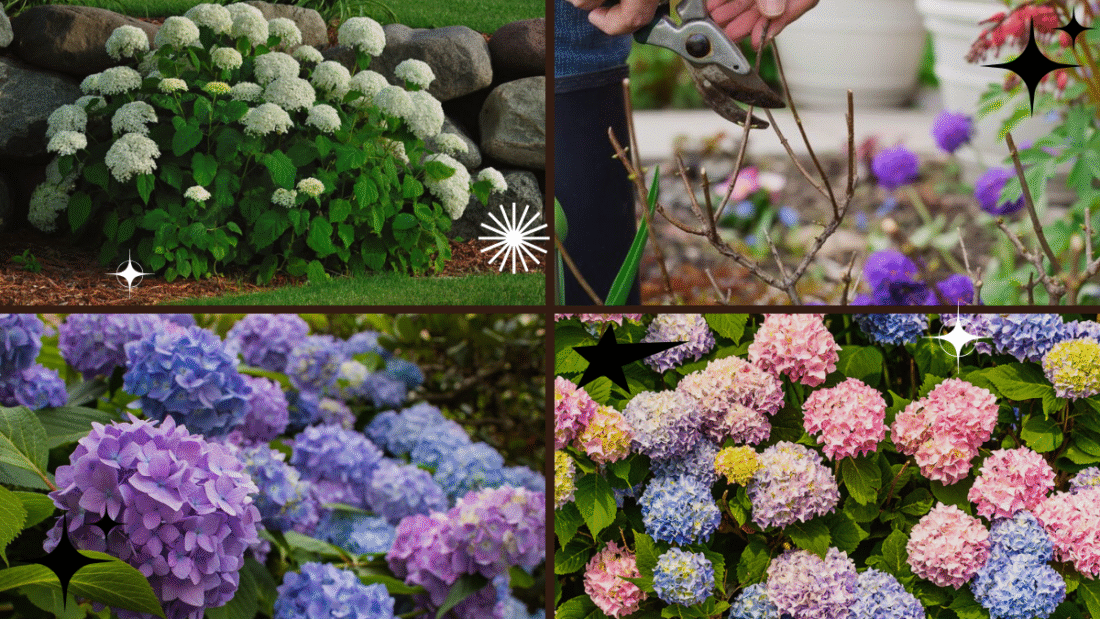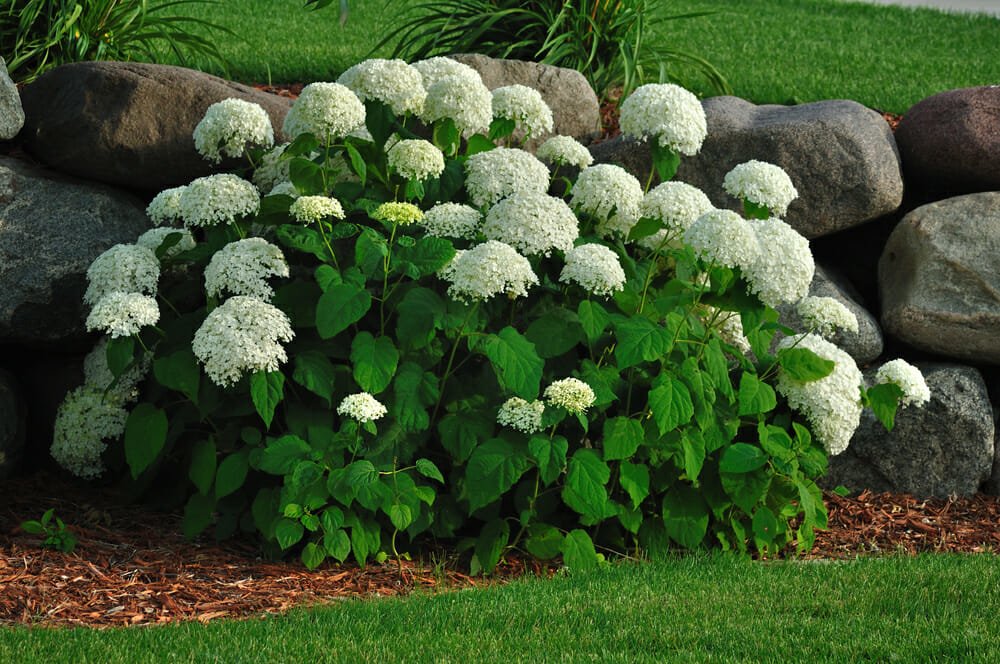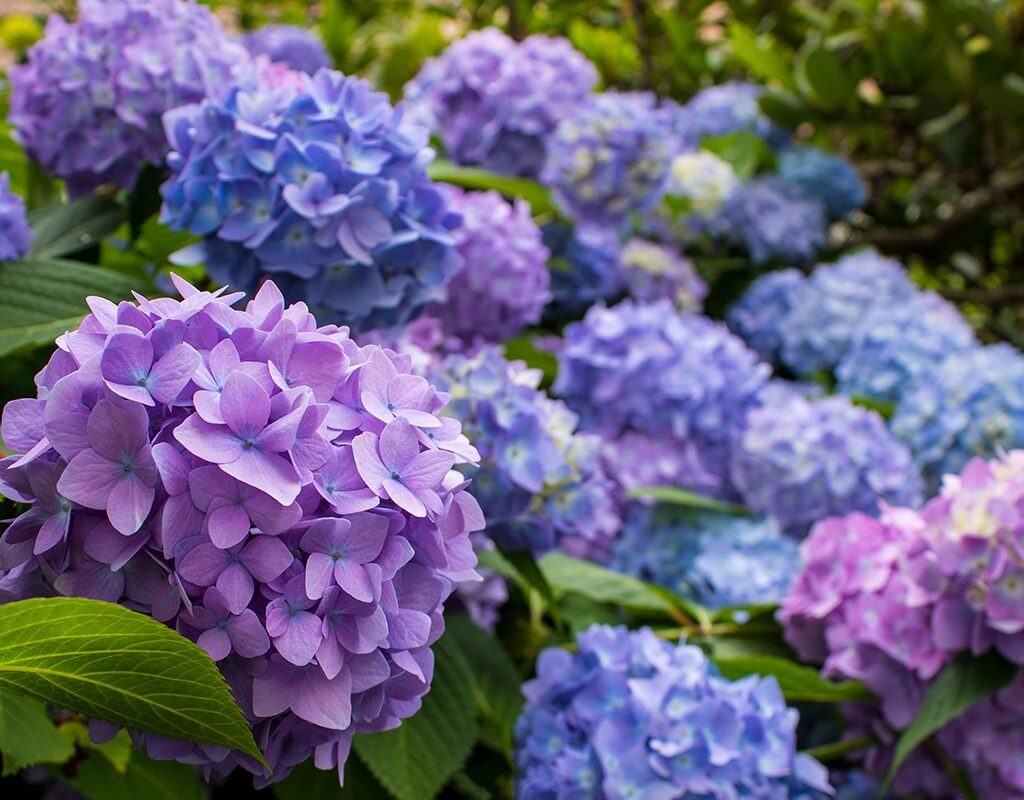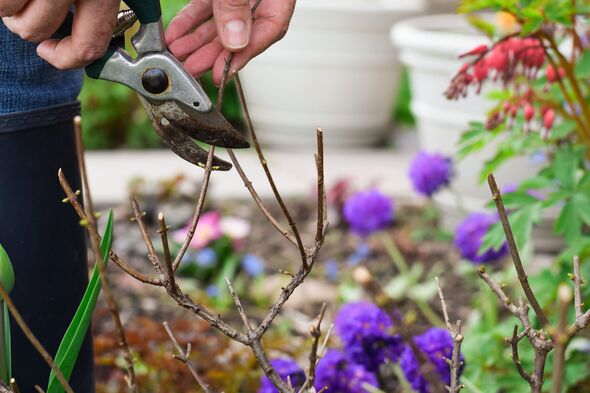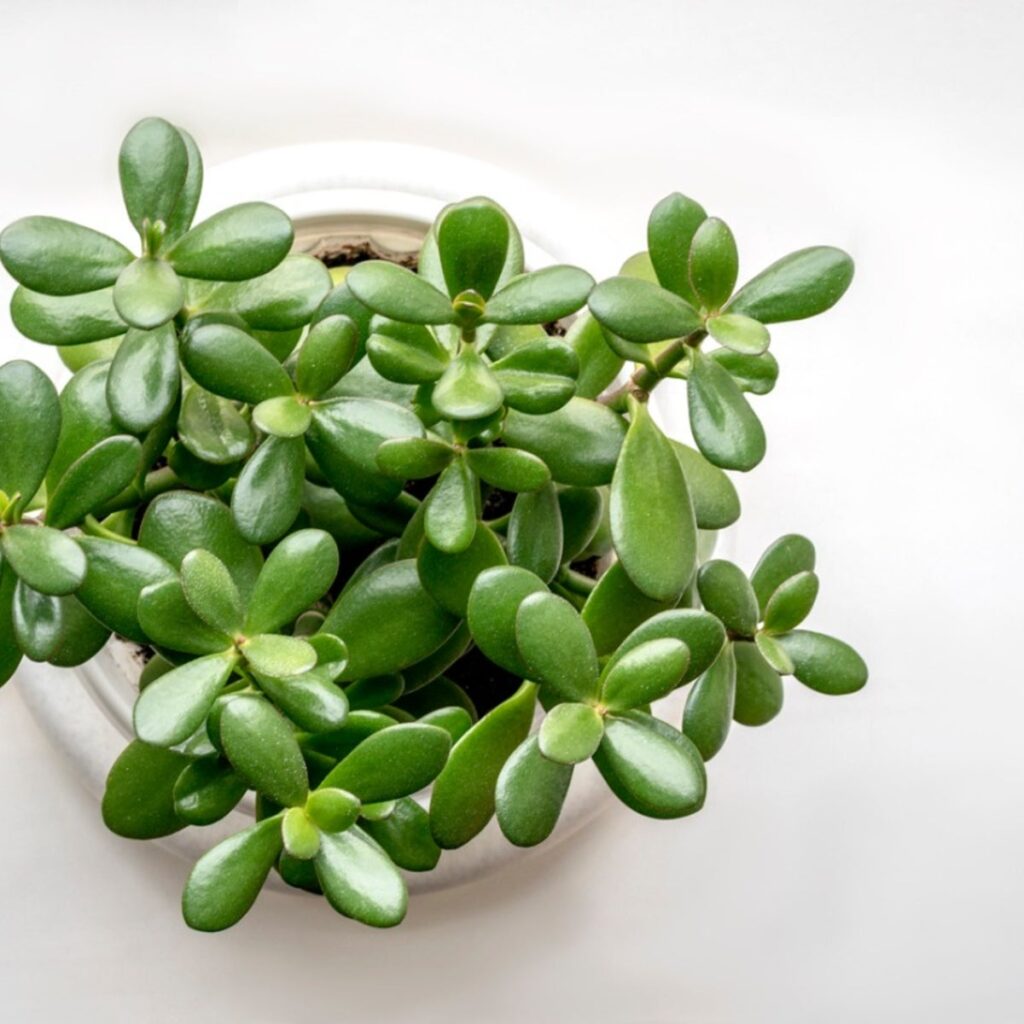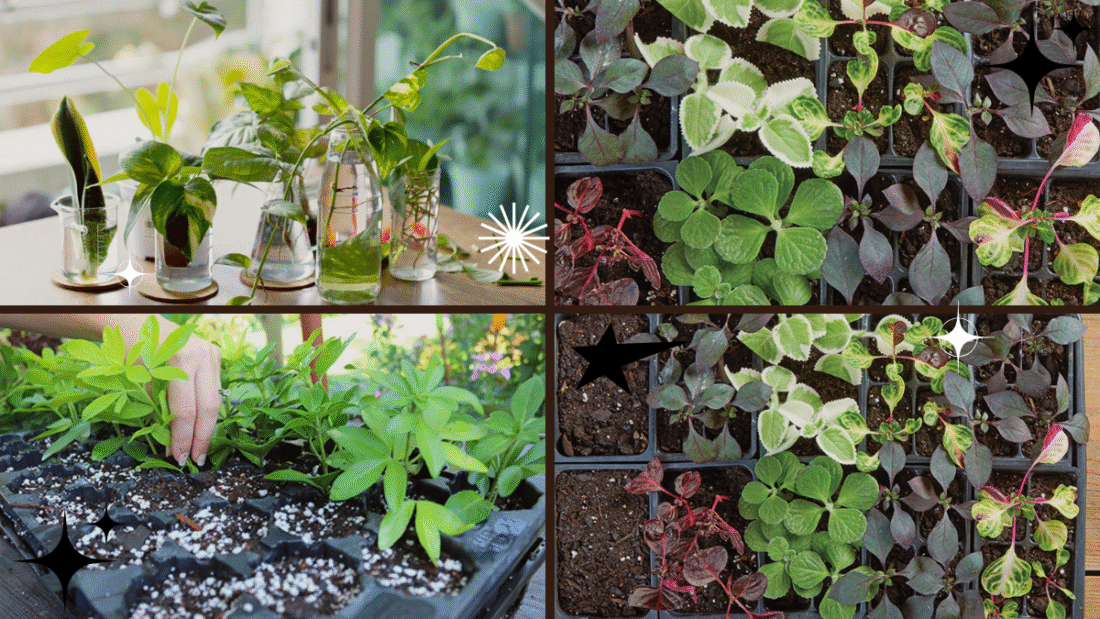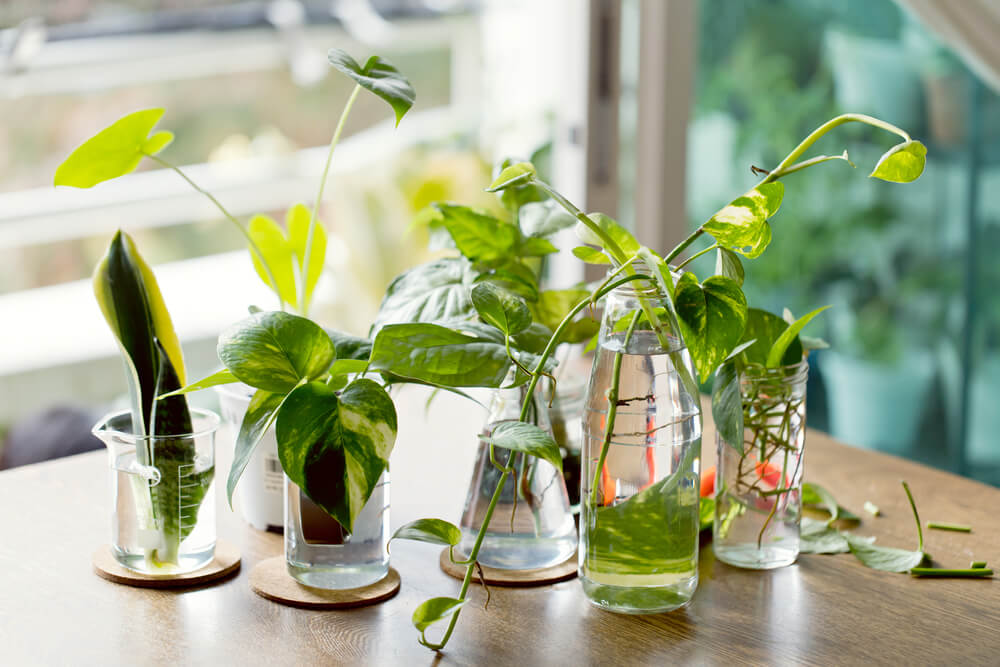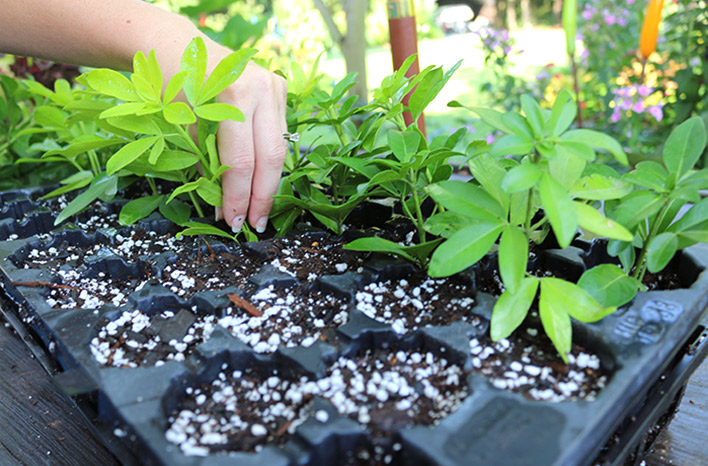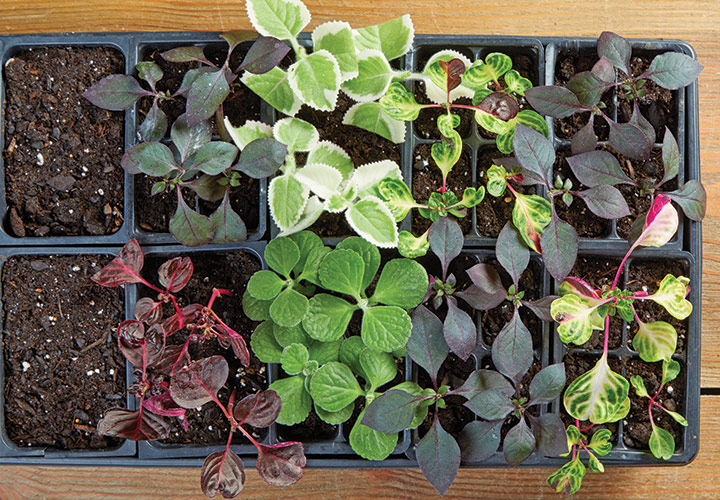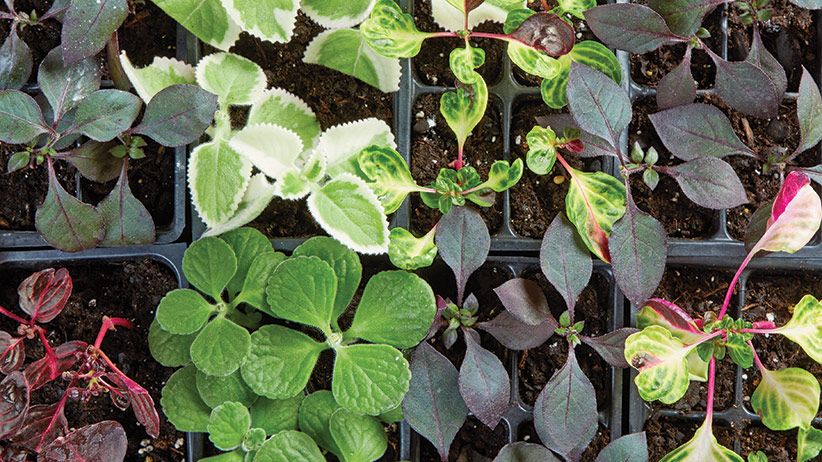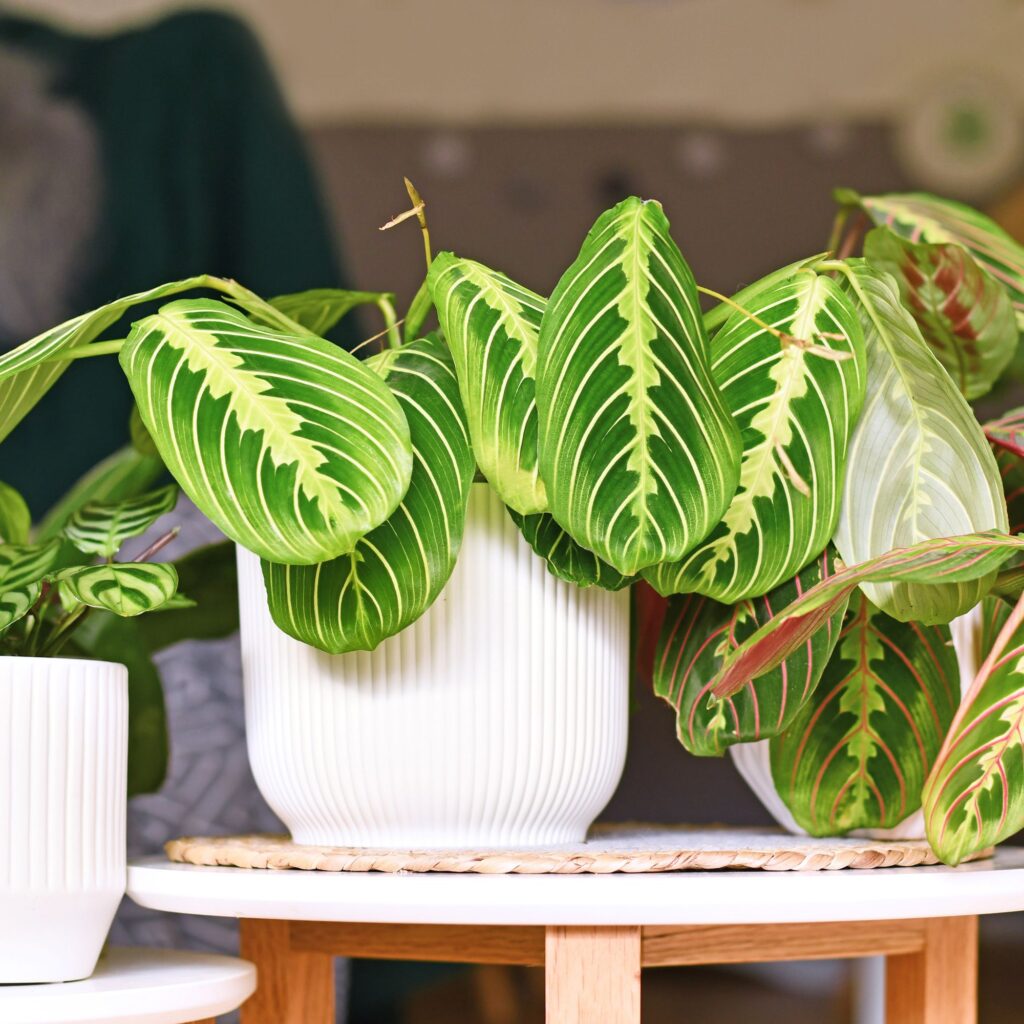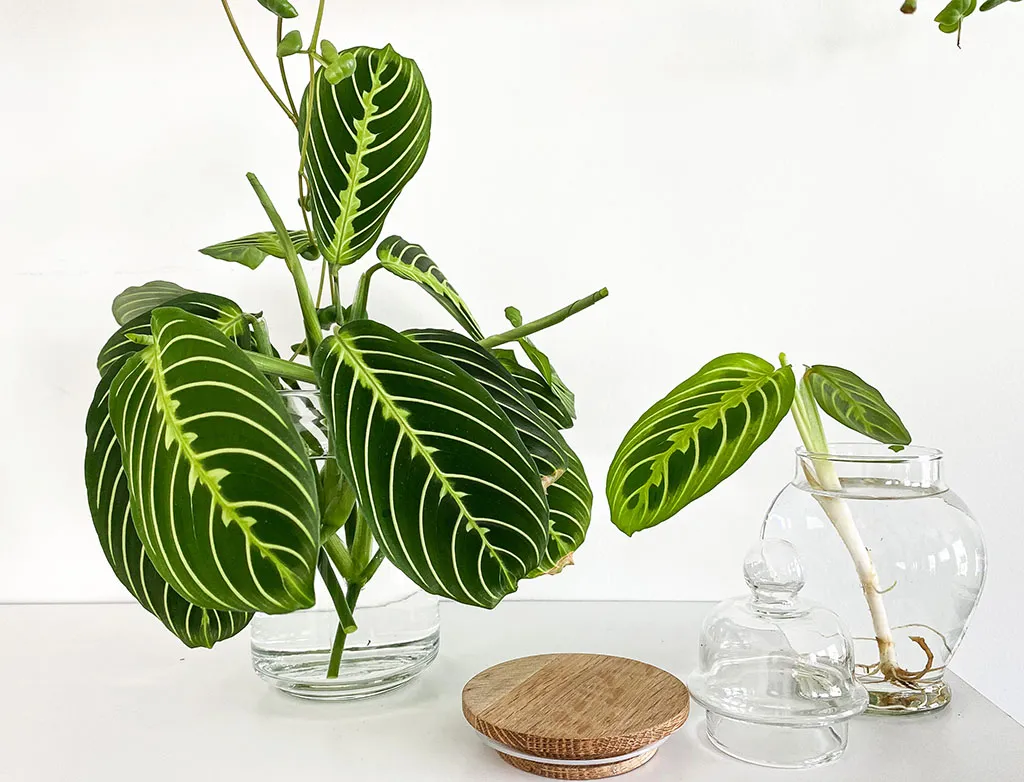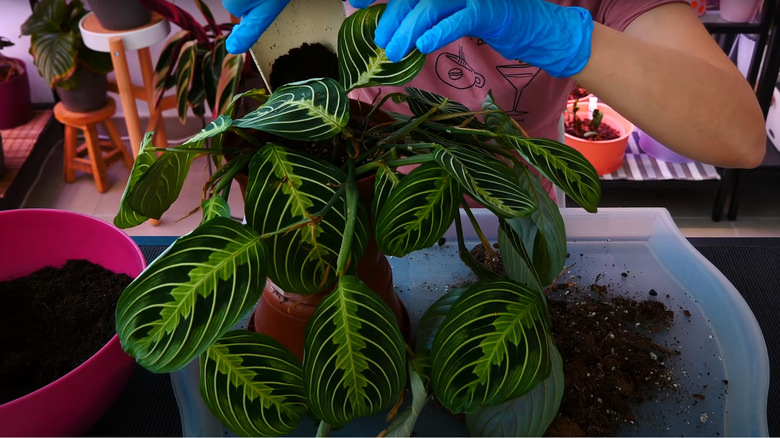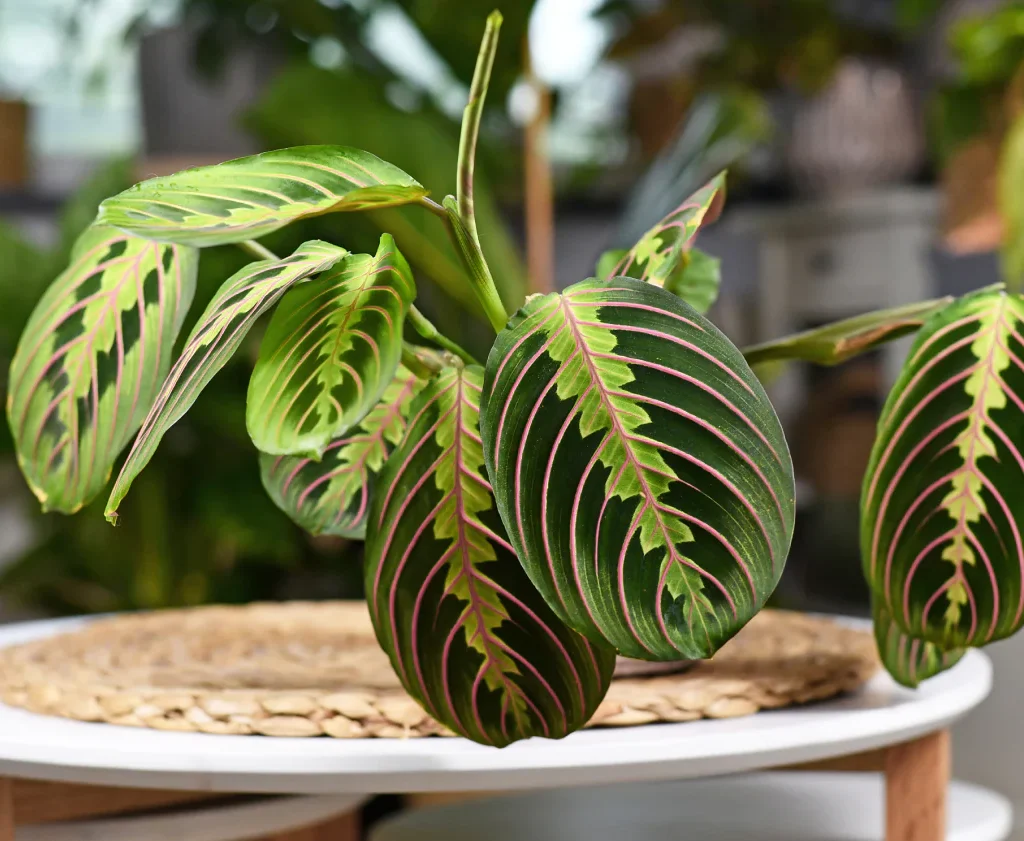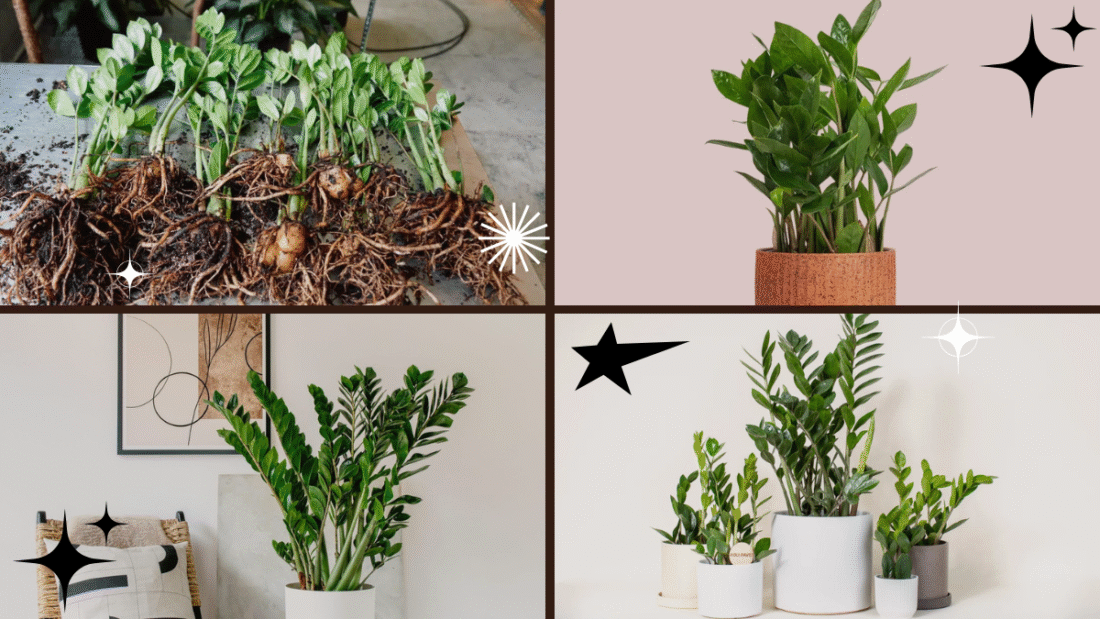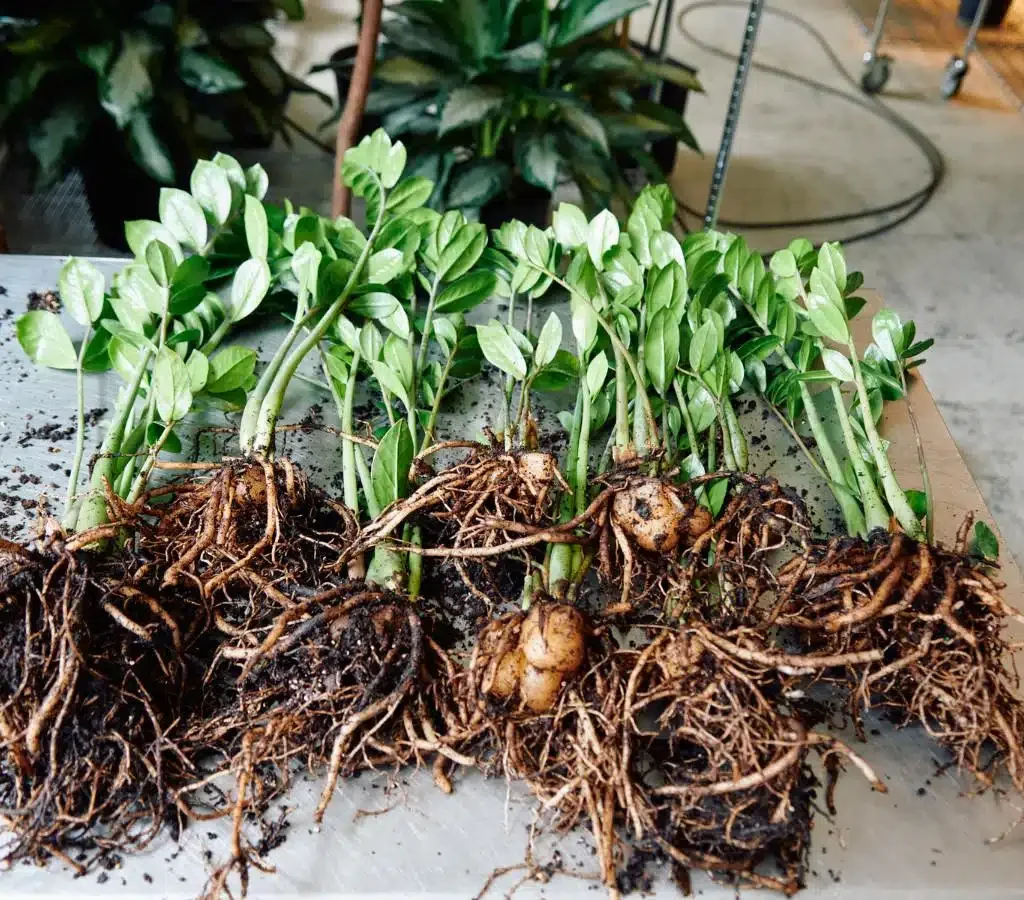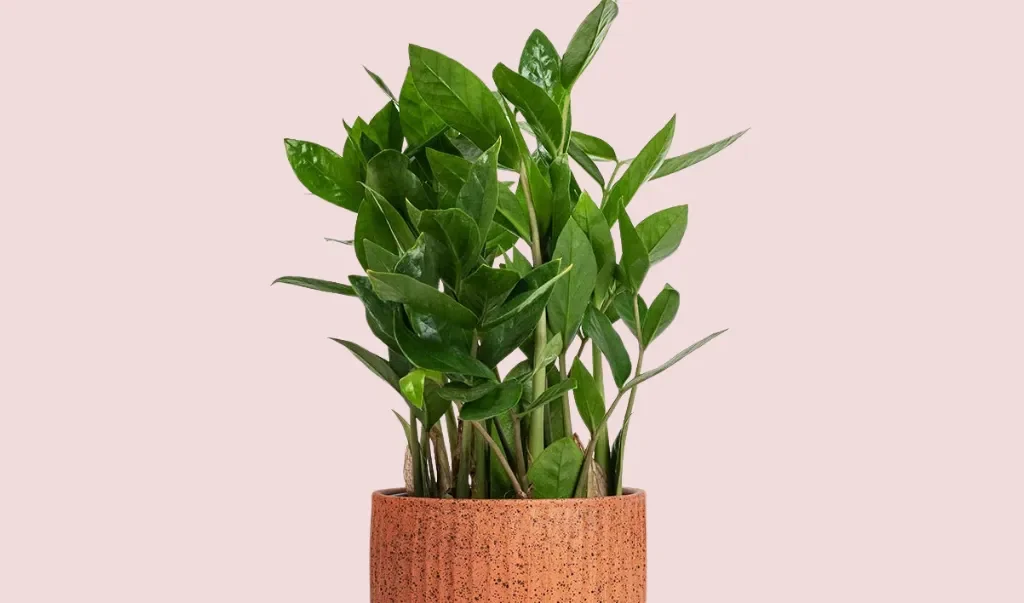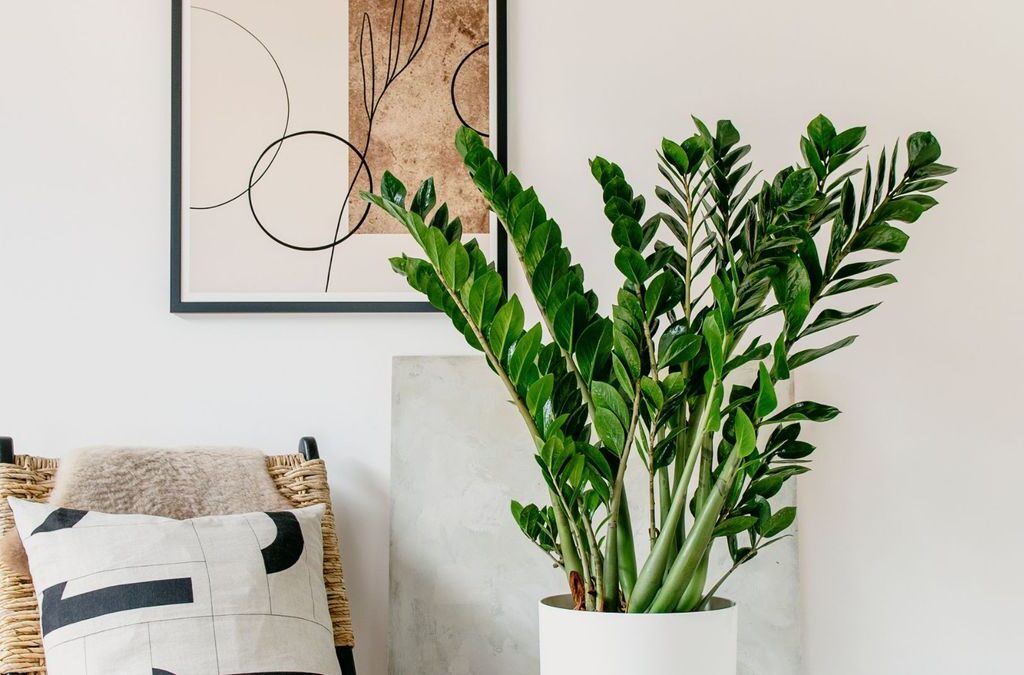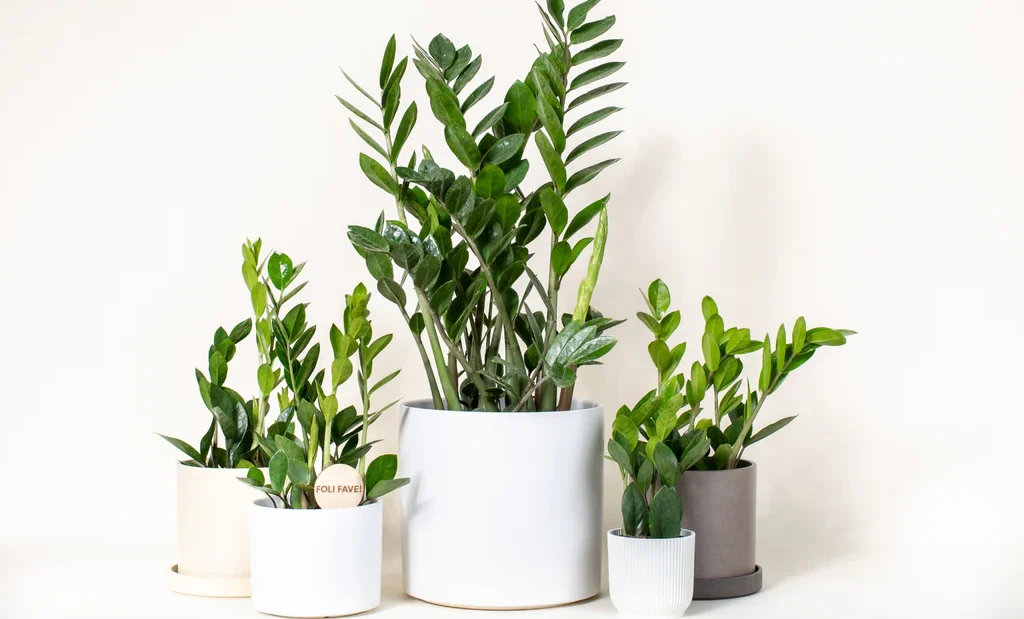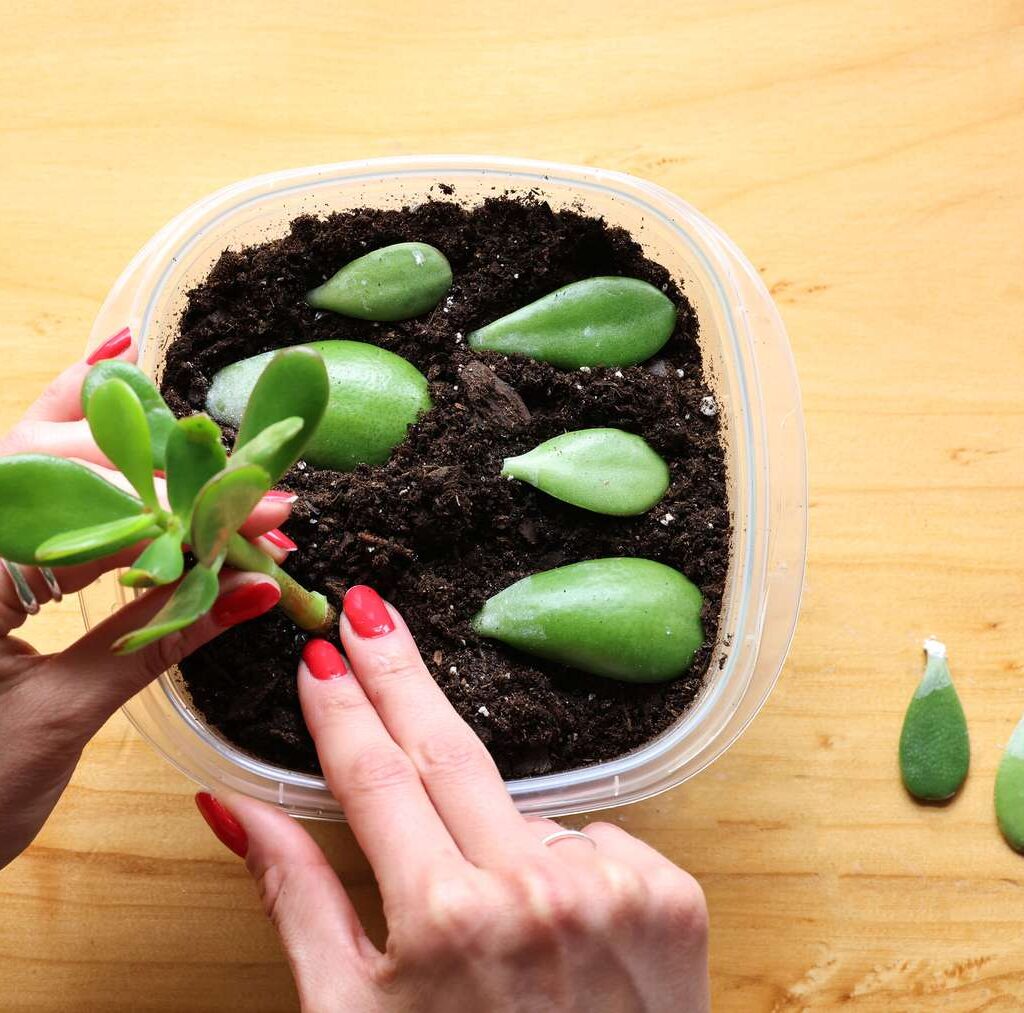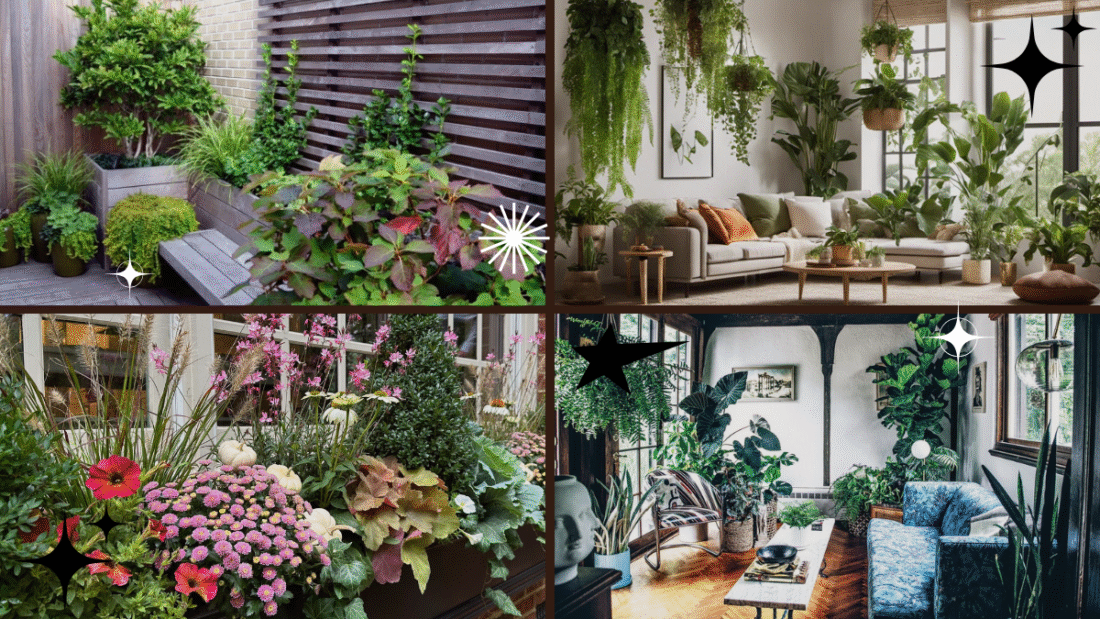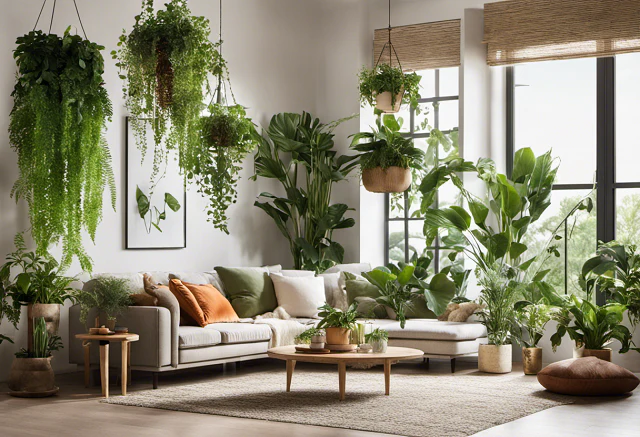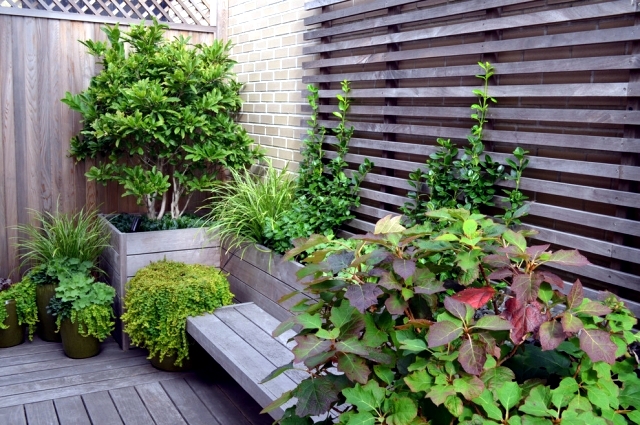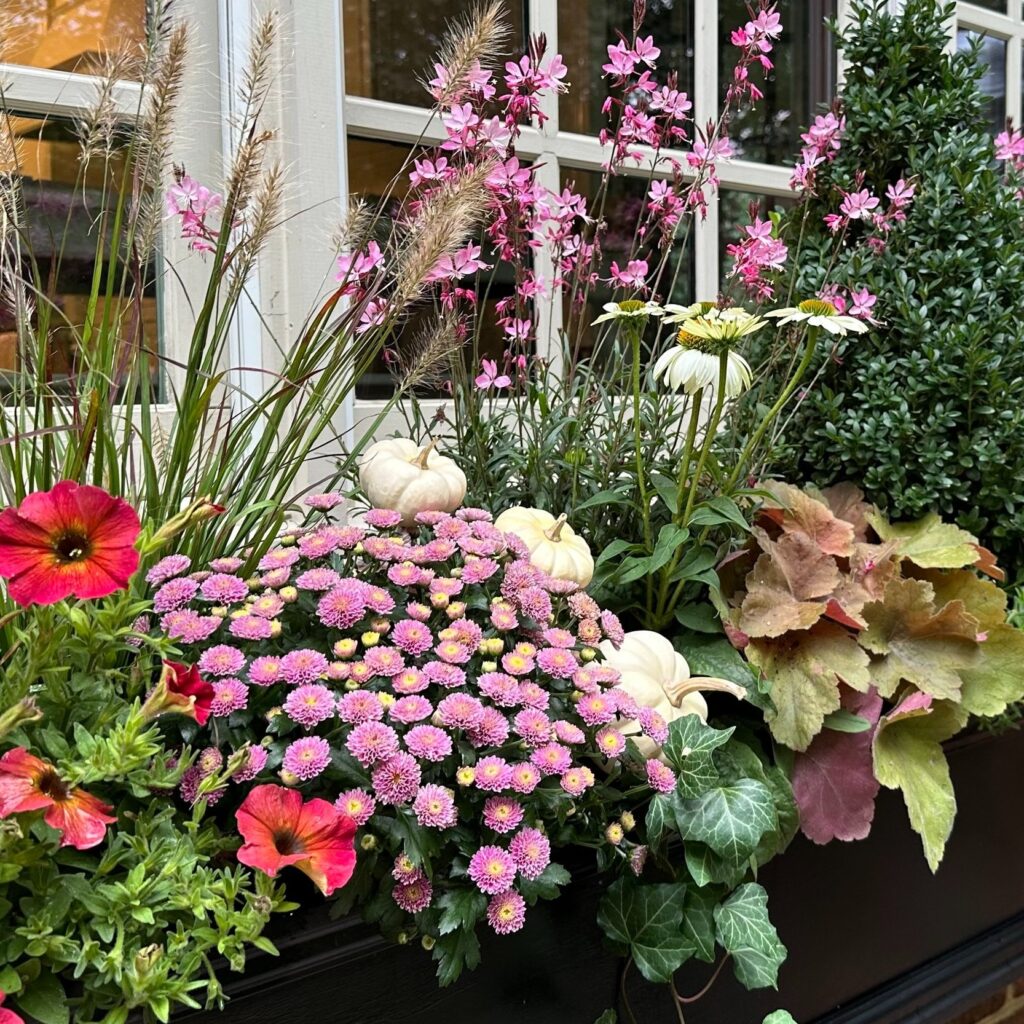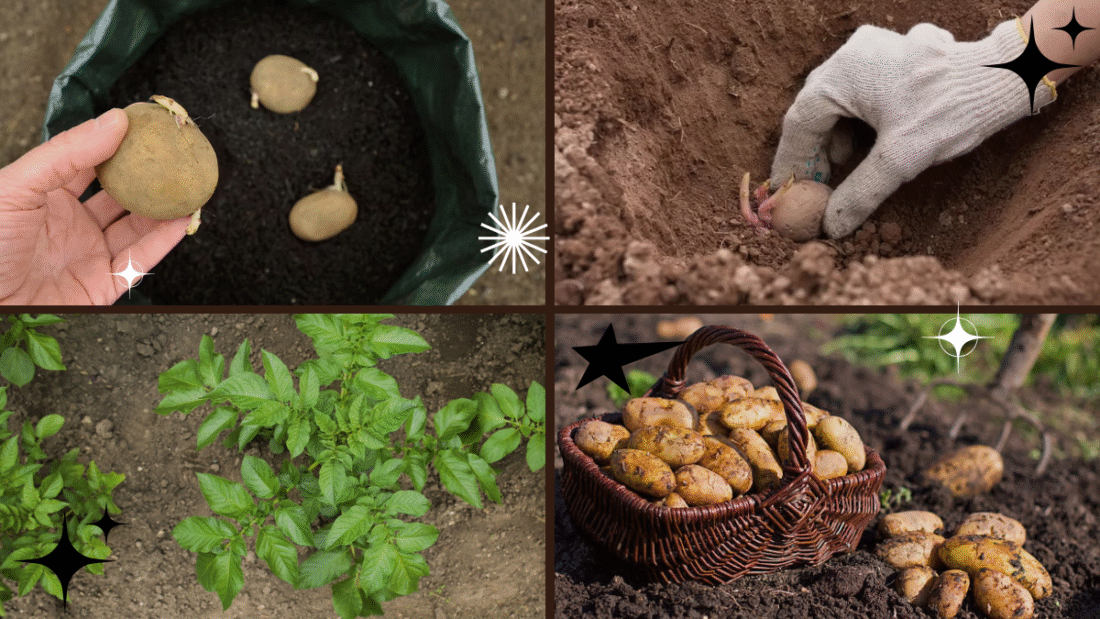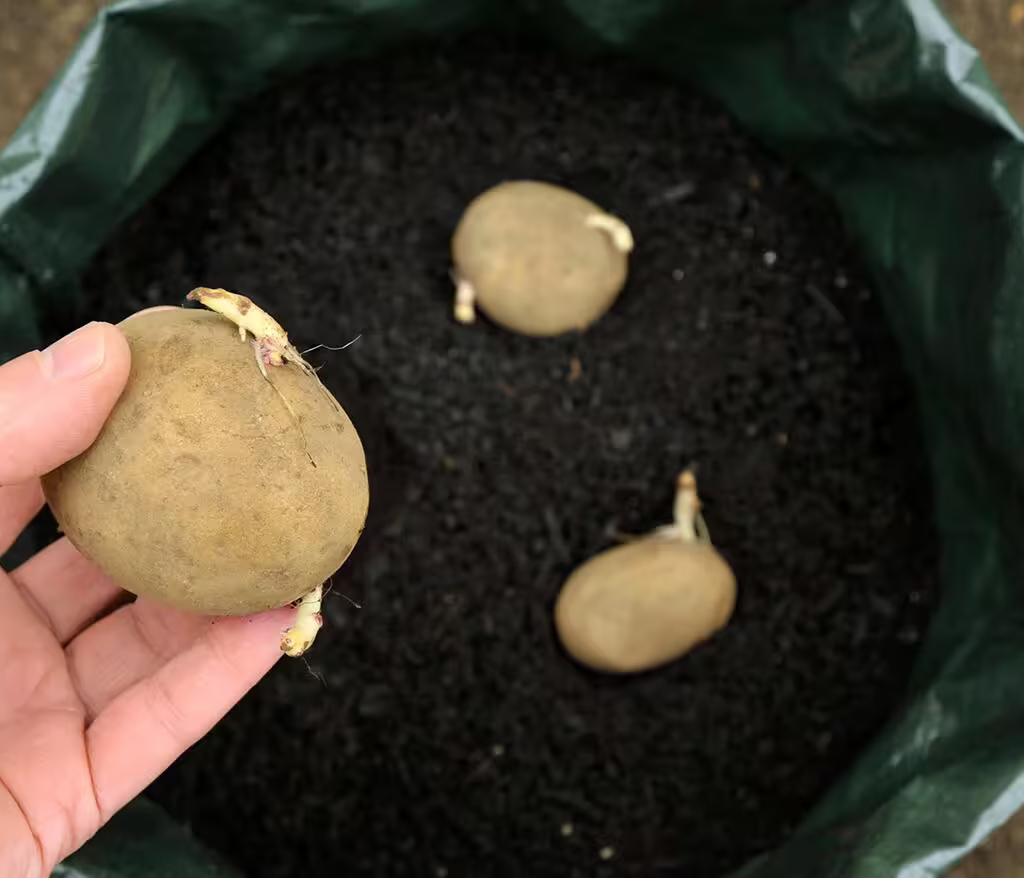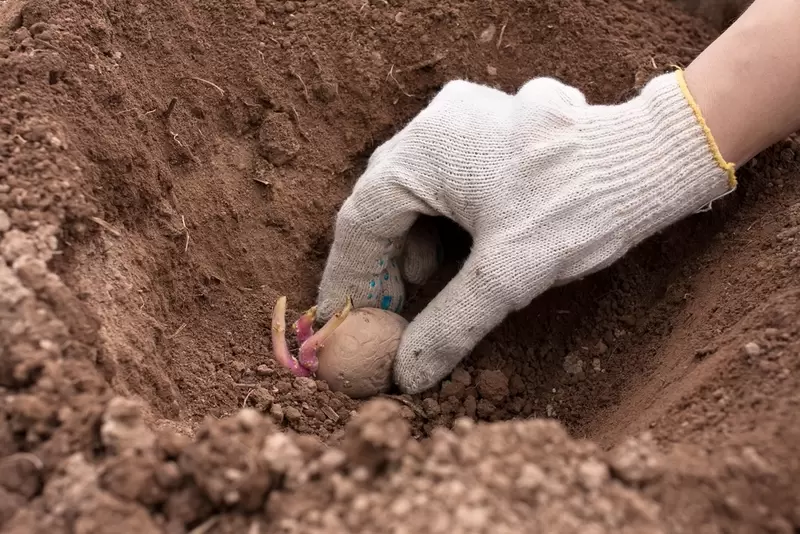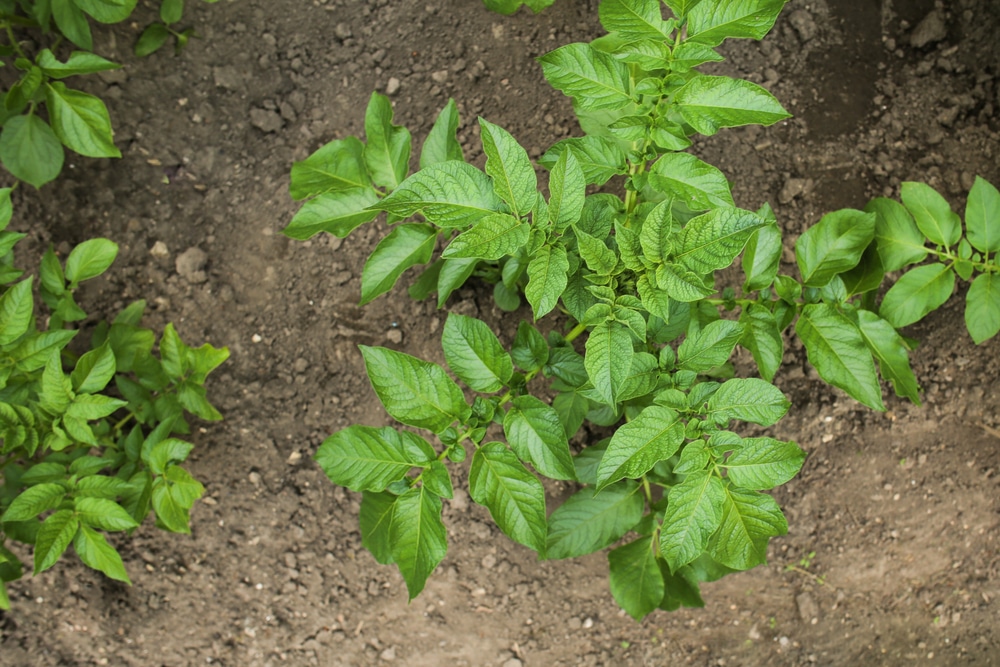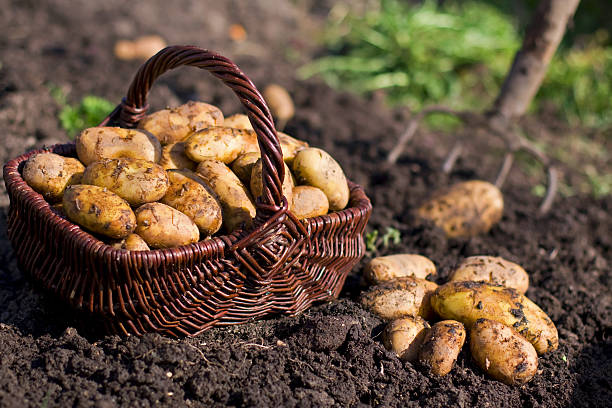There’s nothing more frustrating than noticing tiny, pesky gnats buzzing around your beloved houseplants. These irritating little insects don’t just detract from your plant’s beauty — they can also harm plant health by laying eggs in the soil and damaging roots. The good news is, with the right approach, you can easily get rid of these pests and restore your plant’s natural beauty.
In this detailed guide, we’ll explain what causes gnats on plants, how to identify them, and proven, effective methods to remove them for good. Whether you’re a seasoned plant parent or just getting started with indoor gardening, these tips will help you keep your green space clean, healthy, and gnat-free.
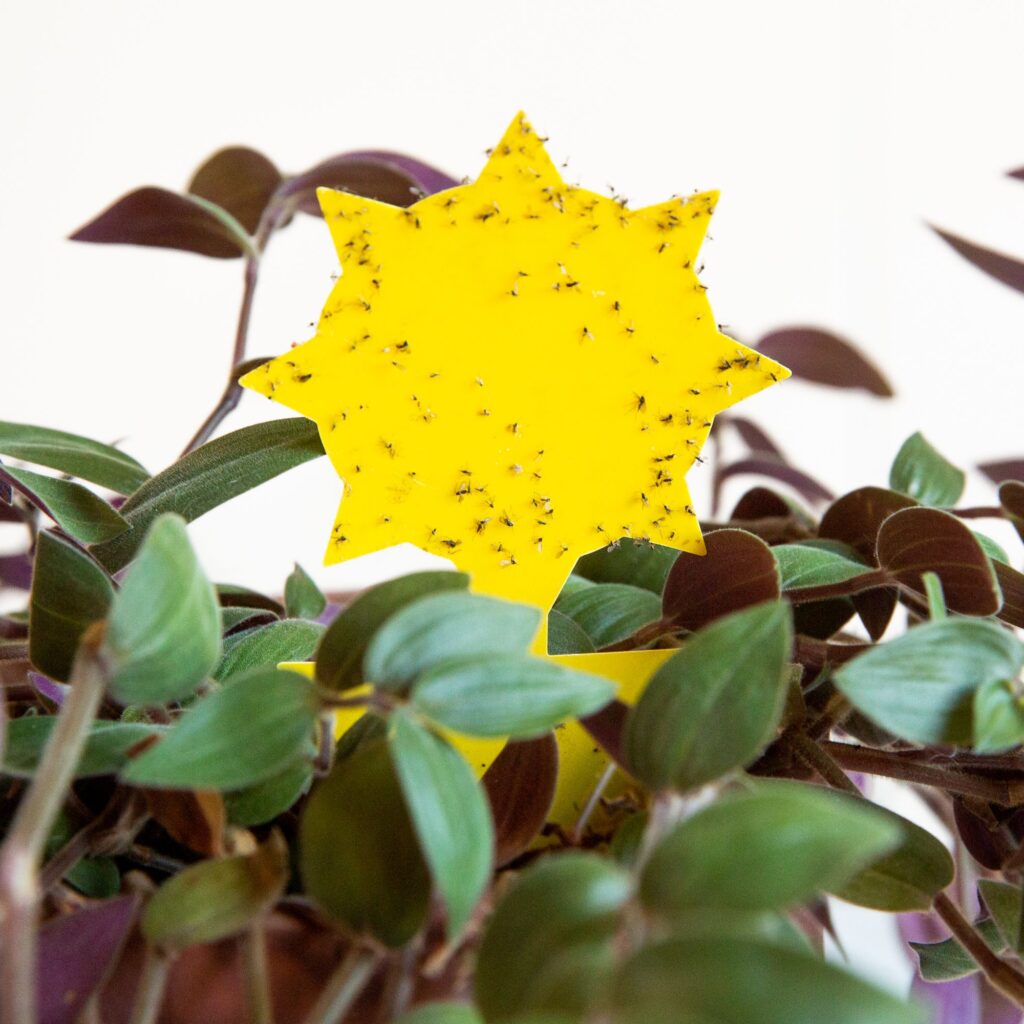
What Are Plant Gnats?
Plant gnats, often referred to as fungus gnats, are tiny, dark-colored flies that belong to the Sciaridae family. They thrive in moist, organic-rich soil — especially when overwatered. While adult gnats are mostly a nuisance, it’s their larvae (small, translucent worms in the soil) that can damage plant roots by feeding on organic matter and tender root hairs.
Common characteristics of fungus gnats:
- Size: About 1/8 inch long
- Color: Black or dark brown bodies with long legs and clear wings
- Behavior: Weak fliers, often seen near soil or leaves

What Causes Gnats in Houseplants?
Fungus gnats are typically attracted to damp, poorly drained soil rich in decaying organic material. Common causes include:
- Overwatering: Constantly moist soil is the perfect breeding ground.
- Poor soil drainage: Waterlogged soil encourages fungus growth, which gnats feed on.
- Organic-rich potting mixes: High in peat moss or compost.
- Decaying plant material: Dead leaves and plant debris in the soil attract gnats.
If you notice gnats around your plants, it’s a sign your soil might be too wet or organic material is decaying beneath the surface.
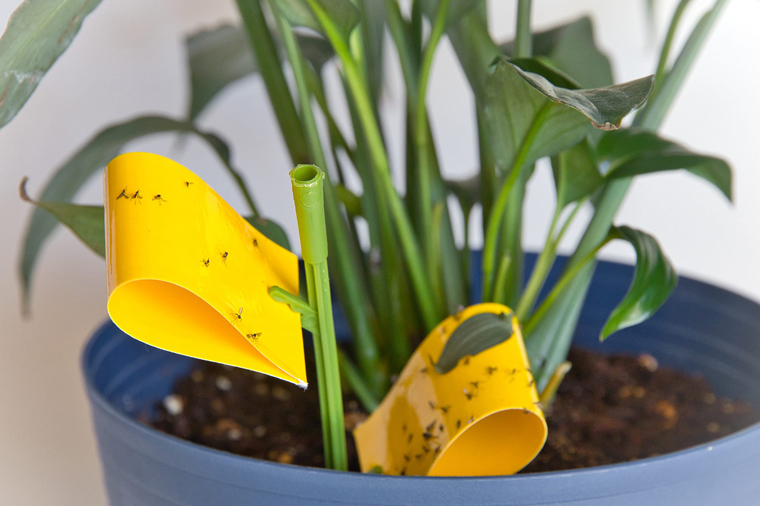
Signs You Have a Gnat Problem
Before treating your plants, it’s important to confirm that gnats are indeed the issue. Look out for these signs:
- Tiny black flies hovering near soil or plant leaves
- Larvae in the top layer of soil (thin, white worms)
- Yellowing, wilting, or stunted plant growth due to root damage
- Plant soil that stays wet for long periods
If you spot even a few gnats, it’s best to act quickly — as each adult gnat can lay up to 200 eggs in moist soil!

How to Remove Gnats from Plants: Step-by-Step
Let’s dive into effective, natural, and chemical solutions to eliminate gnats and restore your plant’s beauty.
Let the Soil Dry Out
Fungus gnats need moist soil to lay eggs. The easiest first step is to allow the top 1-2 inches of soil to dry out completely before watering again. Dry soil disrupts the gnat life cycle by killing larvae and discouraging adults from laying eggs.
Tips:
- Stick your finger or a moisture meter into the soil to check dryness.
- Water less frequently and only when necessary.
- Remove any dead leaves or organic debris from the soil surface.
Use Sticky Traps
Yellow sticky traps are an effective, non-toxic way to catch adult gnats and reduce the population quickly. Gnats are attracted to the color yellow and will stick to the traps upon contact.
How to use:
- Place sticky traps just above the soil surface or hang near the plant.
- Replace them when covered with insects.
Apply a Neem Oil Solution
Neem oil is a natural insecticide that disrupts the life cycle of gnats without harming your plants.
How to use:
- Mix 2 teaspoons of neem oil with 1 quart of water and a few drops of mild dish soap.
- Spray the soil surface and plant leaves thoroughly.
- Repeat every 3-4 days for two weeks.
Neem oil kills both adult gnats and larvae while also protecting against other pests like spider mites and aphids.
Use a Hydrogen Peroxide Soil Drench
A hydrogen peroxide and water mixture can safely kill gnat larvae in the soil without damaging plant roots.
How to use:
- Mix 1 part 3% hydrogen peroxide with 4 parts water.
- Water your plants with this solution until it drains from the bottom.
- You’ll notice bubbling, which is normal as it kills larvae.
- Repeat once a week until no gnats remain.
Replace the Top Layer of Soil
If the infestation is severe, removing the top 1-2 inches of soil and replacing it with fresh, sterile potting mix can immediately reduce gnat numbers.
Steps:
- Carefully scoop out the top layer of soil.
- Dispose of it in a sealed bag.
- Add fresh, dry potting mix.
- Avoid overwatering moving forward.
Introduce Beneficial Nematodes
For eco-friendly, long-term control, release beneficial nematodes (microscopic worms) into the soil. These naturally seek out and destroy gnat larvae.
How to use:
- Purchase nematodes online or from garden centers.
- Mix with water according to package directions.
- Water your plants with the solution.
- Repeat as needed for ongoing control.
Chemical Control Options
If natural methods aren’t enough, you can use insecticidal sprays or soil drenches designed for fungus gnats. Look for products labeled safe for indoor plants and follow directions carefully.
Note: Always prioritize natural solutions first, as chemicals can harm beneficial insects and impact indoor air quality.
Preventing Future Gnat Infestations
Once you’ve eliminated gnats, prevention is key to keeping them from returning. Follow these simple tips:
- Water only when needed: Let the top inch of soil dry out between waterings.
- Improve drainage: Use pots with drainage holes and well-draining soil.
- Clean plant containers: Remove dead leaves and debris regularly.
- Quarantine new plants: Keep new plants separate for a week to check for pests.
- Use sand or decorative pebbles: Cover the soil surface with a thin layer of sand or stones to deter gnats from laying eggs.
Final Thoughts
Dealing with gnats in your plants can be annoying, but it’s entirely manageable with the right approach. By combining good watering habits, natural remedies like sticky traps and neem oil, and occasional soil management, you can easily restore your plant’s beauty and create a healthy, gnat-free environment.
Remember — gnats thrive in moist, neglected soil. Keep your plants clean, avoid overwatering, and pay attention to changes in your plant’s appearance. Acting quickly at the first sign of gnats ensures your indoor garden stays vibrant, beautiful, and hassle-free.
Your plants will thank you for it!

